Though the nostalgic desire to see old-school special effects techniques employed more often is possessed by many, there is no denying the astounding advancement in CGI technology over the past 20 years. Be it used to craft an outlandish being, send us back in time or propel us to the future, the technical wizards behind some of the most memorable films of all time have had their work cut out for them.
This weekend the iconic Jack makes his equally famed journey up the bean stalk in Jack the Giant Slayer which promises to provide us with a smattering of lavish computer generated spectacle. But will Bryan Singer’s fantasy ultimately stand among the greats when it comes to utilizing CGI? In honor of that query, we’re going to run down the top 10 most impressively rendered all-CGI creations.

10. The Prawns in ‘District 9’
Made all the more amazing thanks to the fact that Neill Blomkamp and his team were able to unleash spectacle on a budget of just $30 million, the bug-like Prawns in District 9 never looked anything but real. Coupled with an eerily hovering spaceship and a bloody climactic mech battle, crowd-pleasing entertainment met original sci-fi with aplomb.
Likewise, a recurring theme throughout this list will be the ability of these films to insert heart and personality into these creations and in this case, even when talking about rather grotesque aliens, it’s where Blomkamp truly succeeds. Ultimately, it adds another level of authenticity; one unable to be added with the click of a mouse.
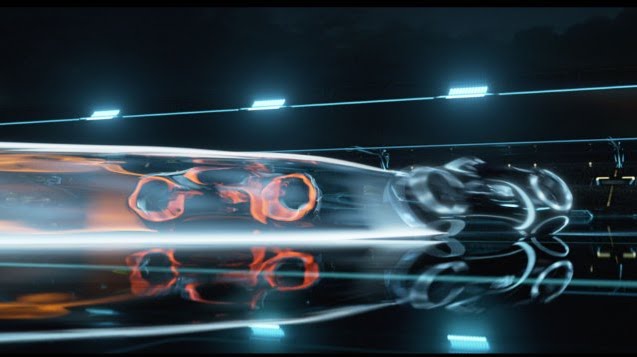
9. The Grid in ‘Tron: Legacy’
An endless, slick barrage of otherworldly action, heightened pastel colour schemes and ultimately (intentional) excess, the sequel to 1982’s cult hit poured on the CGI with a fire hose and despite the film’s narrative shortcomings, was nothing short of awe-inspiring when it came to visuals. Not to be entirely reliant on what computer generated imagery could provide on a rudimentary level, the team behind Tron: Legacy used the tech to enhance its wonderfully unique style, futuristic set design, trippy costumes and, of course, a de-aged Jeff Bridges.
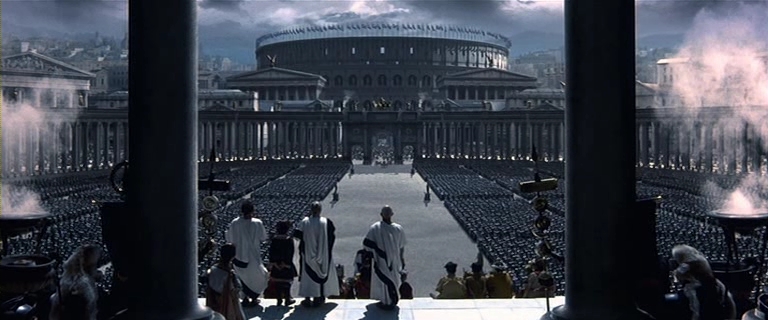
8. Ancient
Not quite the antithesis to a war waging inside a video game as you might initially surmise, Ridley Scott’s Gladiator too thrusts opponents into forced combat, albeit if it’s tigers and chariots this time around. From the grand-enough-in-itself coliseum to surrounding ancient
Not to be outshone by bloody bouts in the arena, the tragic death of the great Oliver Reed also required the touch of CGI. After suffering a heart attack on set, the actor’s role was competed by creating a digital body double for his remaining scenes by photographing a live action body-double in the shadows and then by mapping a 3D, CGI mask of his face.
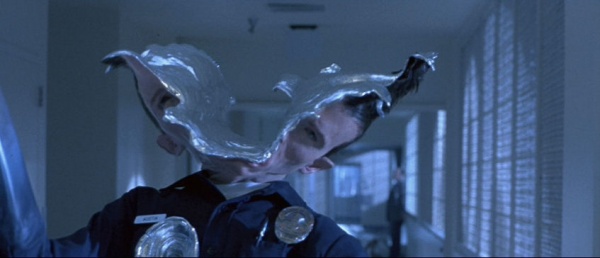
7. The T-1000 in ‘Terminator 2: Judgement Day’
A frightening sight to behold even after all these years, not to mention one that unequivocally holds up even against the new standard, the liquid metal effects on the T-1000 was nothing short of groundbreaking in 1991. James Cameron has been and seemingly always will be a champion of new technology and the power it possesses when attempting to craft the fantastical. With this metal menace played squarely in the center of great action and winning performances from its cast, the T-1000 stands as one of cinemas greatest villains (fake or otherwise).

6. The Incredible Hulk in ‘The Avengers’
After two questionable attempts to bring Bruce Banner’s testy alter ego to the big screen, mega-hit The Avengers finally succeeded in mastering both the detailed aesthetic of the creature and the movements required behind the beast to make him/it truly lifelike. Chiefly, the facial expressions leant to the creation by Marc Ruffalo, showed the humanity lingering behind those fierce green eyes, and when it came time for Hulk to, well, smash the result was equally impressive and equally believable.
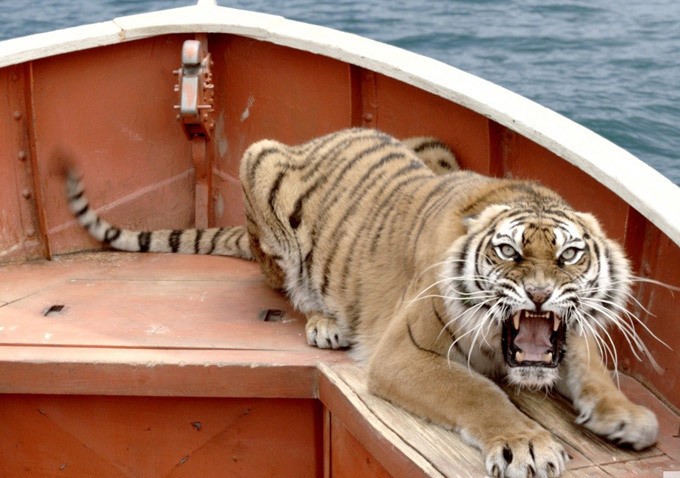
5. Richard Parker in ‘Life of Pi’
A timely addition to this countdown, the Oscar-winning rendering of Bengal Tiger Richard Parker was but one part of the stunning technical achievement that was the whole of Ang Lee’s Life of Pi. Though the construction of a savage ocean, the depiction of a massive ship wreck and all the creatures and bizarre places Pi encounters on his journey are more than noteworthy, it’s the tiger, which serves as threat and companion, which drives the tale to new heights. The life – the savagery and instinct – behind Parker’s eyes are piercing and at all points makes us believe what we’re seeing.

4. The Transformers in ‘Transformers’
Say what you will about
Earlier films such as Pirates of the Caribbean and King Kong were in many ways as crutched with CGI as Bay’s film, but the very nature of the spectacle puts Transformers in a field its own. The subsequent sequels may have numbed the effect, but when we first saw Optimus Prime blasting his way through obstacles left and right, it was a sight to behold.
![]()
3. The Na’vi and Pandora in ‘Avatar’
15 years in the making, Avatar became a slave to still-growing advancements, or at least in the eyes of director James Cameron who in 1996 felt as if the technology had not yet caught up to the story and vision he wanted to tell. A massive undertaking from top to bottom, Avatar not only pioneered modern 3D but stretched special effects to realms they had not reached before.
From massive motion capture stages and facial expression capturing technology, to original software developed to store the obscene amounts of data, to unheard numbers of special effects companies working on the film, it was truly a pioneering endeavour. Though the overarching story is one that has been told before, the attention to detail at every turn, and the way that the effects bring those aspects to vivid life is nothing short of mind-blowing.

2. The Creatures of Andy Serkis
A marriage of dedicated special effects wizards and one man who mastered motion capture, actor Andy Serkis was able to help craft not one, not two, but three iconic creatures on the big screen. Of course his most notable remains that of Gollum in The Lord of the Rings trilogy, but his heartbreaking turn as King Kong in 2005 and powerful work as Caesar in Rise of the Planet of the Apes are just as noteworthy for a number of reasons.
A precursor to Kong and Apes by four and ten years respectively, Serkis’ Gollum remains an instant of impeccable craft and perfect blend of actor and technological savvy. While the heart of these creations remained committed and enthusiastic, the technology grew, having currently culminated in the stunning Apes prequel. As I iterated earlier, heart and soul must be injected into these creations to make them truly lasting, and Serkis was able to do just that.
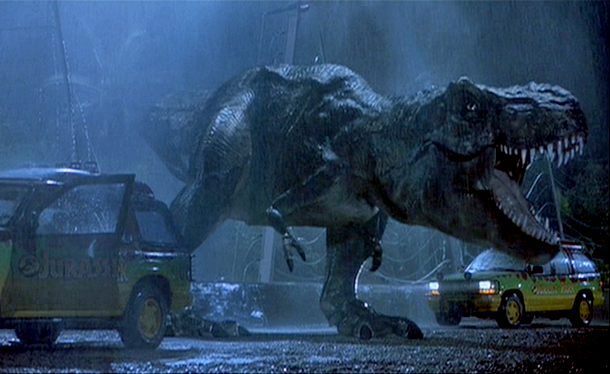
1. The Dinosaurs of ‘
Still as awe-inspiring today as they were in 1993, the Velociraptor, Tyrannosaurs Rex (and every dino in between) of Jurassic Park spellbound audiences around the world. Before this hit blockbuster only James Cameron had vied for this level of sophistication – Aliens, The Abyss, Terminator 2 – but ultimately it was Spielberg and his team that was able to blend sci-fi fantasy with everyday reality. Well, maybe heightened reality, but you know what I mean.
Dinosaurs were no stranger to the big screen by that time, with many a kid endlessly re-watching The Land Before Time or, with toys, re-enacting some of the dated stop-motion sequences in films like King Kong or The Valley of Gwangi. But nothing compared to the sheer, sometimes terror-educing, power of Jurassic Park and was both a landmark for a generation and for CGI as a filmmaking tool.